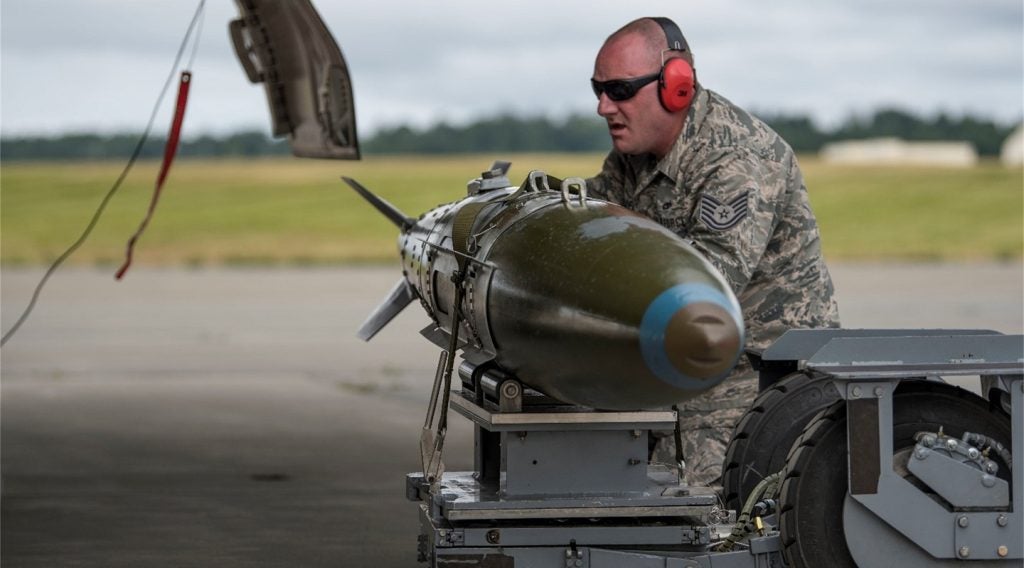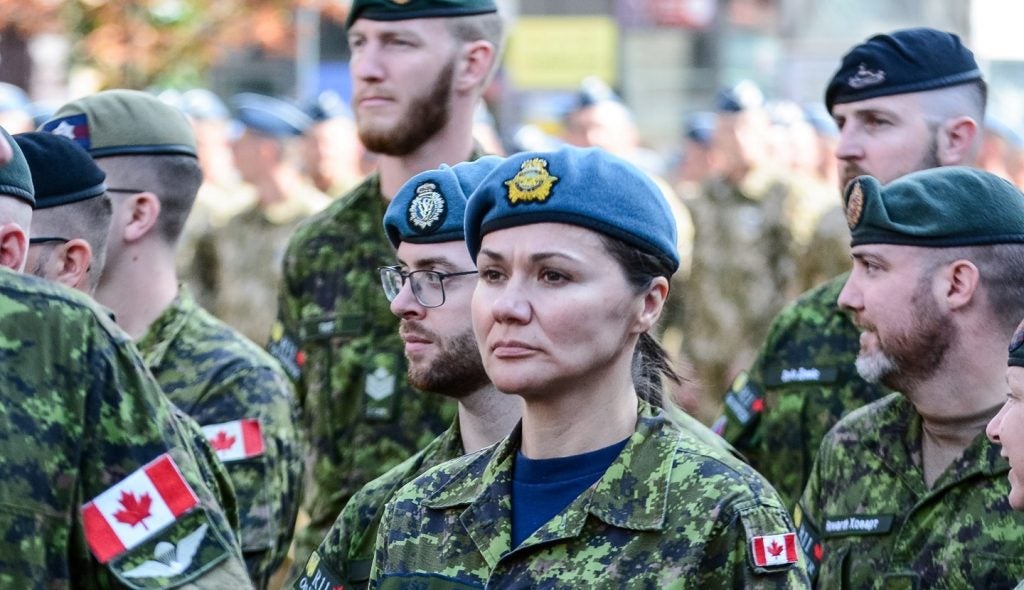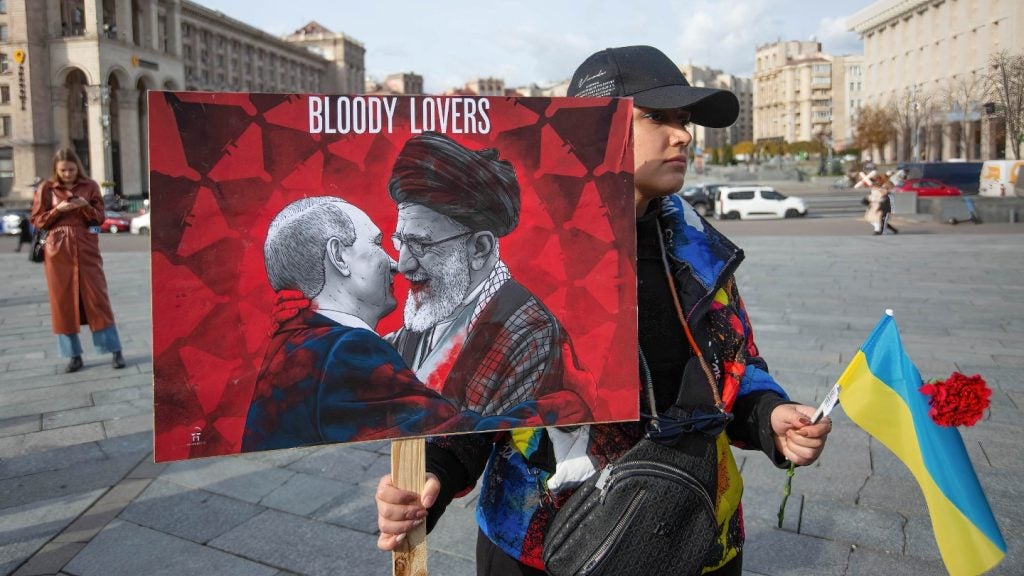The US Defense Information Assurance Security Accreditation Working Group (DSAWG) has granted a secret and below interoperability (SABI) authorisation to connect (ATC) renewal to the US Pacific Air Forces (PACAF) and 353d Combat Training Squadron for the Raytheon-built SimShield transfer guard solution.
As part of the SABI ATC renewal, Raytheon Trusted Computer Solutions (RTCS) will enable PACAF partners to train soldiers in geographically separate locations, by supporting the separate distributed missions operations network (DMON).
RTCS chief operating officer, Ed Hammersla, said the SimShield is used by the PACAF to deliver secure interoperability across multiple classification level networks, enabling more realistic and beneficial training exercises for US and coalition forces.
"The ability to connect to DMON means that we can train forces in Australia and the U.S. during the same exercise, for example, greatly enhancing their overall preparedness to combat our global adversaries," Hammersla added.
SimShield is currently used by the PACAF for conducting tactical live range exercises at the Joint Pacific Alaska Range Complex (JPARC), located at Eielson Air Force Base in Alaska, US.
The multilevel transfer guard solution creates realistic training drills by facilitating communication and secure interaction between all training assets that are operating under varied security classification levels.
How well do you really know your competitors?
Access the most comprehensive Company Profiles on the market, powered by GlobalData. Save hours of research. Gain competitive edge.

Thank you!
Your download email will arrive shortly
Not ready to buy yet? Download a free sample
We are confident about the unique quality of our Company Profiles. However, we want you to make the most beneficial decision for your business, so we offer a free sample that you can download by submitting the below form
By GlobalDataDeveloped in June 2009, the SimShield is an accredited commercial-off-the-shelf (COTS) fixed-format data guard solution designed to help soldiers to participate in near real-time and live joint exercises involving classified, geographically separated systems.
The system features a Policy Editor and Trusted Bridge to help the Test and Training Enabling Architecture (TENA) experts to build, review and upload the reclassification rules governing the intercommunication between single level logical ranges for sanitisation of training sorties across multilevel security domains.
In addition to supporting distributed interactive simulation (DIS) and high level architecture (HLA) protocols, the module also facilitates interoperability between previously diverse training activities, eliminating requirement for redundant exercises.







